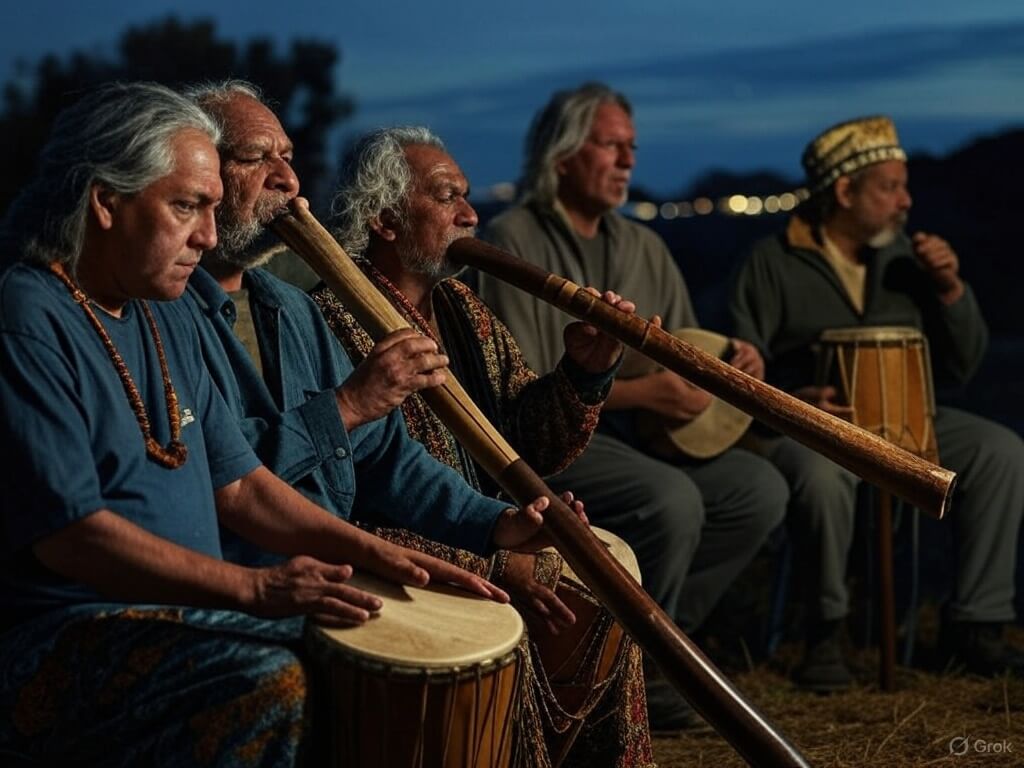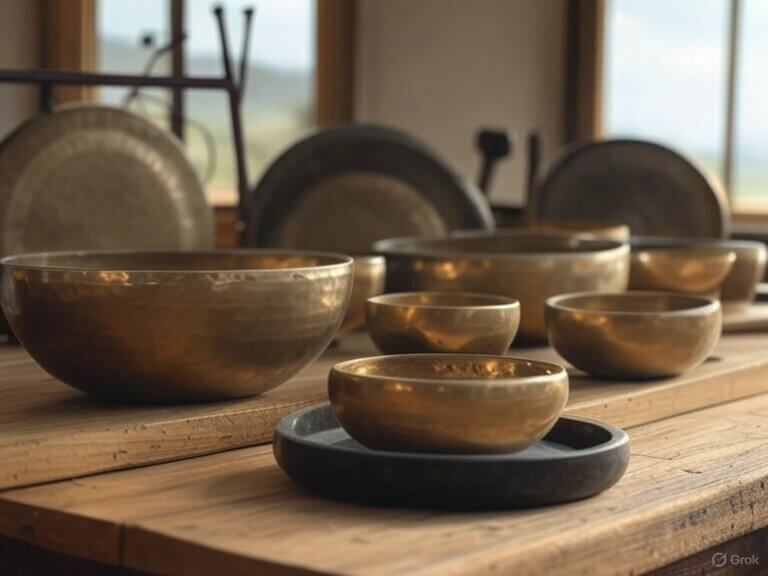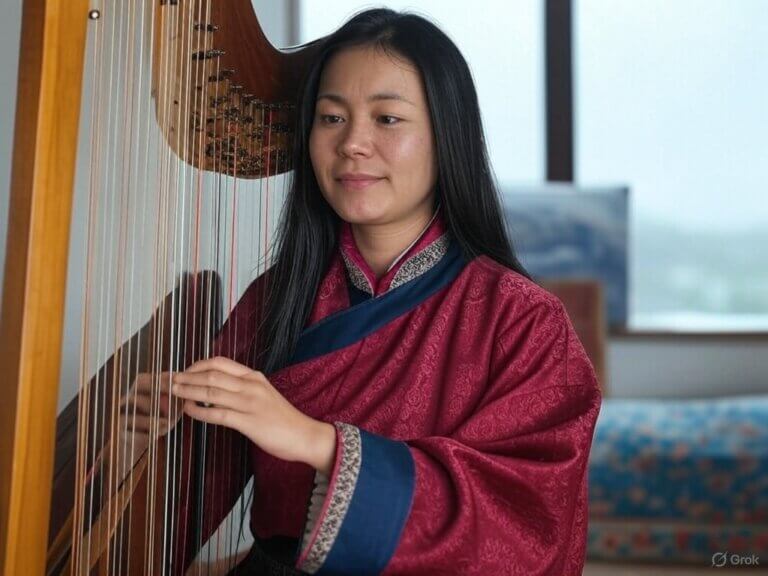The Dawn of Sound in Human Consciousness
Sound has been a fundamental part of human experience since the earliest days of our existence. Long before written language, our ancestors used rhythm, chant, and melody to connect with the world around them. Archaeological evidence, such as 40,000-year-old bone flutes found in European caves, suggests that sound was not merely utilitarian but held a deeper significance. In these ancient societies, the vibrations of drums, the hum of voices, and the resonance of natural instruments were believed to bridge the physical and spiritual realms, creating a primal form of sound healing rooted in survival, ritual, and reverence for the unseen.
Sacred Vibrations in Indigenous Cultures
Across the globe, indigenous traditions have long harnessed sound as a tool for healing and spiritual communion. In Australian Aboriginal culture, the didgeridoo’s deep, resonant tones were used in ceremonies to mimic the earth’s own vibrations, promoting physical and emotional balance. Similarly, Native American shamans employed drums and chants to enter trance states, facilitating visions and cleansing rituals. These practices reflect a shared belief that sound could align the body’s energies with the natural world, a concept echoed in the rhythmic songs of African tribes and the haunting throat singing of Siberian shamans.
The Mystical Chants of Ancient Religions
As civilizations grew, so did the sophistication of sound in spiritual traditions. In ancient India, Vedic chants—precise intonations of Sanskrit mantras—were thought to resonate with cosmic frequencies, a practice that evolved into the modern use of “Om” in meditation. Tibetan Buddhism later refined this with singing bowls and deep, guttural chants designed to clear the mind and heal the spirit. Meanwhile, in ancient Egypt, priests used sistrums and vocal toning in temple rituals, believing sound could invoke divine presence and restore harmony to the soul. These traditions reveal sound as a sacred conduit to the divine.
The Harmonic Wisdom of Classical Antiquity
The Greeks, too, recognized sound’s transformative power. Pythagoras, the mathematician and philosopher, explored the “music of the spheres,” proposing that planetary movements created a celestial harmony mirrored in earthly music. He developed musical scales for therapeutic purposes, believing specific tones could balance the body’s humors. This idea influenced Greek healers, who used lyres and flutes in medical sanctuaries like those of Asclepius. Plato and Aristotle further argued that music could shape character and soothe the psyche, laying a philosophical foundation for sound’s role in well-being.
Sound Healing’s Echoes in the Modern World
Today, the ancient roots of sound healing resonate in contemporary practices. From gong baths and crystal bowl sessions to binaural beats and chanting circles, modern seekers draw inspiration from these timeless traditions. Science is catching up, too—studies on vibrational therapy suggest sound waves can reduce stress, lower blood pressure, and even stimulate cellular repair. Yet, at its core, this revival honors the same intuition our ancestors held: that sound is more than noise—it’s a bridge to something greater, an echo of the sacred that still reverberates through time.
In weaving together these ancient threads, we see that sound healing is no fleeting trend but a profound legacy, born from humanity’s earliest attempts to harmonize body, spirit, and cosmos.
Disclaimer:
Marysol Ximenez-Carrillo’s work lies in the field of energy and sound healing.
She is not a licensed medical practitioner and makes no claim in this regard.
Her services may compliment, but not replace conventional medical treatments and consultations.
Always consult with a healthcare professional for medical advice.
Her work is not a substitute for a consultation or treatment by a doctor.
All of the information offered, is given only as ”Spiritual Information/Advice”.
She is not liable for any kind of repercussion incurred as a direct or indirect consequence of the utilization or interpretation of the meditations/energy and sound healing.








